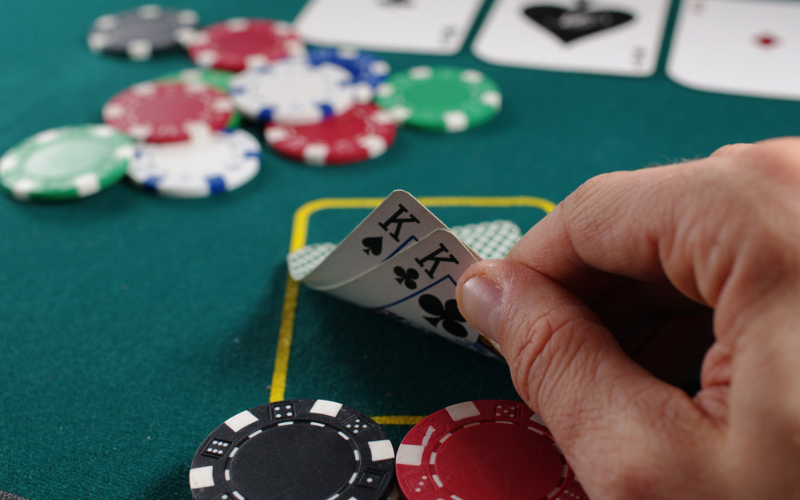Mastering the Art of Bluffing: Strategies for Successful Poker Play
Bluffing is an essential skill in the world of poker, often separating the amateurs from the professionals. It goes beyond simply having a good poker face; it involves understanding the nuances of the game, your opponents, and the psychology of deception. Mastering the art of bluffing is not only about tricking your opponents into folding but also about knowing when and how to execute a successful bluff. Here, we delve into some key strategies that can help you become a master of bluffing in poker.
Understanding Timing and Position
One of the fundamental aspects of successful bluffing is impeccable timing. Knowing when to execute a bluff is as important as the act itself. Bluffing from an early position requires more caution, as there are more players left to act who may have strong hands. On the other hand, bluffing from a late position gives you the advantage of seeing how your opponents have acted, allowing you to make more informed decisions.
Reading Your Opponents
Effective bluffing relies heavily on your ability to read your opponents. Pay close attention to their playing styles, tendencies, and past behaviors. If a player has been consistently conservative, they are more likely to fold when faced with a large bet. Conversely, an aggressive player may be more difficult to bluff, as they are more inclined to call or raise.
Establishing a Table Image
Your table image, or the perception your opponents have of your playing style, can greatly impact the success of your bluffs. If you’ve been playing tight and only entering pots with strong hands, your opponents are more likely to give you credit for a powerful hand when you decide to bluff. However, if you’ve been mixing up your play and entering pots with a variety of hands, your bluffs may be met with more skepticism.
Mixing Up Your Play
To keep your opponents on their toes, it’s crucial to vary your gameplay. If you only bluff when you have a weak hand, observant opponents will catch on quickly. By occasionally bluffing with strong hands and value betting with weaker ones, you create a level of uncertainty that makes it challenging for your opponents to accurately assess the strength of your hand.
Utilizing Pot Odds
Understanding pot odds is an essential component of successful bluffing. If the potential reward justifies the risk, it may be a strategic move to attempt a bluff. However, be mindful of the size of your bets in relation to the pot, as excessively large bluffs may scare away potential callers.
In summary, mastering the art of bluffing in poker involves a combination of strategic thinking, psychological insight, and adaptability. By carefully choosing when to bluff, reading your opponents, managing your table image, mixing up your play, and considering pot odds, you can elevate your bluffing game and become a formidable player at the poker table.
